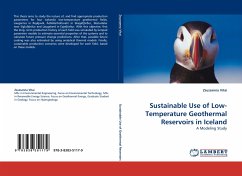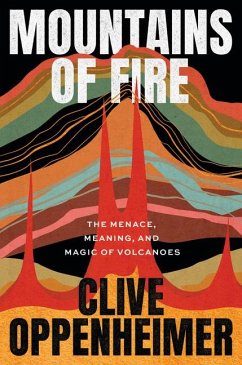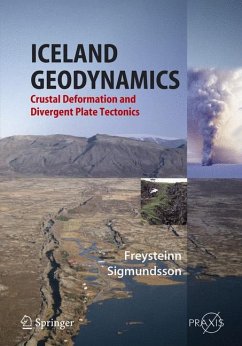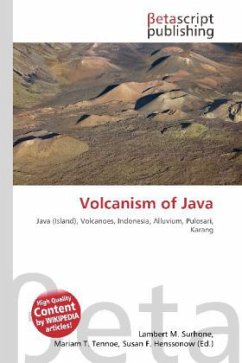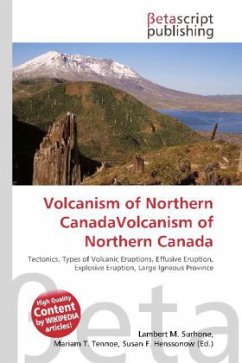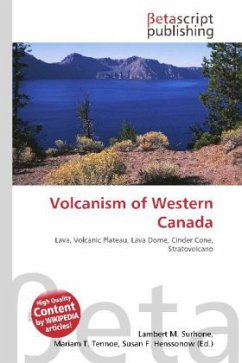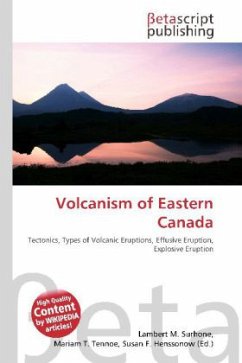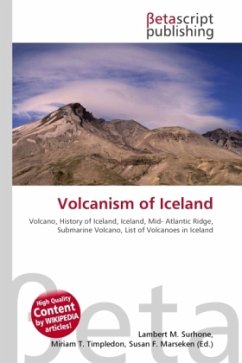
Volcanism of Iceland
Versandkostenfrei!
Versandfertig in 6-10 Tagen
26,99 €
inkl. MwSt.

PAYBACK Punkte
13 °P sammeln!
High Quality Content by WIKIPEDIA articles! Iceland has a high concentration of active volcanoes due to unique geological conditions. The island has about 130 volcanic mountains, of which 18 have erupted since the settlement of Iceland. Over the past 500 years, Iceland's volcanoes have erupted a third of the total global lava output. Although the Laki eruption in 1783 had the largest eruption of lava in the last 500 years, the Eldgjá eruption of 934 AD and other Holocene eruptions were even larger. Geologists explain this high concentration of volcanic activity as being due to a combination o...
High Quality Content by WIKIPEDIA articles! Iceland has a high concentration of active volcanoes due to unique geological conditions. The island has about 130 volcanic mountains, of which 18 have erupted since the settlement of Iceland. Over the past 500 years, Iceland's volcanoes have erupted a third of the total global lava output. Although the Laki eruption in 1783 had the largest eruption of lava in the last 500 years, the Eldgjá eruption of 934 AD and other Holocene eruptions were even larger. Geologists explain this high concentration of volcanic activity as being due to a combination of the island's position on the Mid-Atlantic Ridge and a volcanic hotspot underneath the island. The island sits astride the boundary between the Eurasian and North American Plates, and most volcanic activity is concentrated along the plate boundary, which runs across the island from the south-west to the north-east of the island. Some volcanic activity occurs offshore, especially off the southern coast. This includes wholly submerged submarine volcanoes and even newly formed volcanic islands such as Surtsey and Jólnir.




